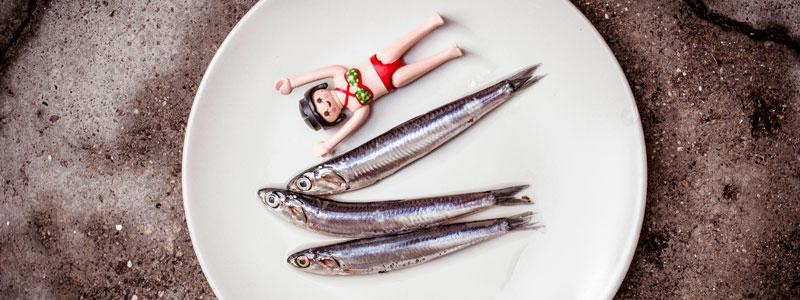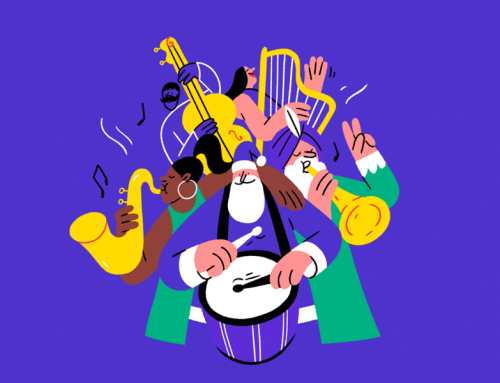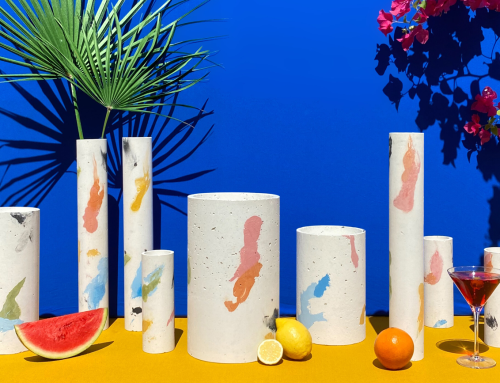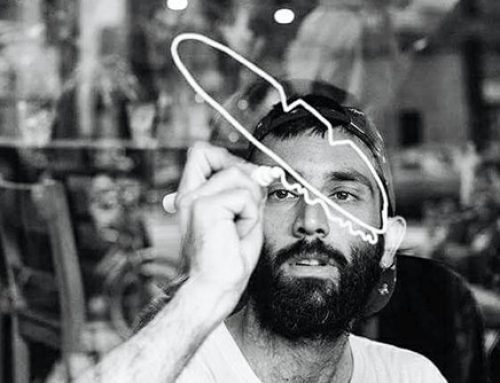Jeffrey Swartz, from Vancouver, has been working as an art critic, curator and teacher in Barcelona since 1987.
By a strange twist of fate affecting every aspect of high culture reaching a mass public, gastronomy is in its death throes. Gastronomy, of course, does not mean eating, which will continue to be popular as long as humans stroll the planet. Nor does it mean eating well-prepared food with quality ingredients, or enjoying food in restaurants or in someone’s home. Humans have always been pretty competent making and serving food in ways that are socially amenable, so that many of our most powerful memories—thanks to grandma or mom and thus to a woman in our lives—are related to it. The cultural component of food is undeniable, its ethnic complexity ever-enriching, but food culture has never been grounded on elitism, on what was meaningful for only a small and inevitably wealthier chunk of society.
[quote align=»center»]By gastronomy we understand the attempt to take a basic human need and raise it to an art form.
By gastronomy we understand the attempt to take a basic human need, (and one that one of six people in the world cannot fulfil, something we cannot ignore) and raise it to an art form. In Barcelona we know what this means, ever since we were told El Bulli was the best restaurant in the world (according to a poll sponsored by a fizzy water brand) and Ferran Adrià was invited to the 2007 Documenta in Kassel (one of the most ignominious curatorial decisions in contemporary art). Clueless, he refused to go, refused any camaraderie with fellow creators, decided he had nothing to learn, so Documenta paid people to fly from Germany to Girona to eat exactly what Adrià had chosen as his set menu that summer.
Why Adrià was never contemporary we’ll get to in a moment; first let’s get the definition clear. What never made any sense was gastronomy as an art form, with chefs as a new creative class, their public notoriety corresponding to a newly influential role in society. Nothing Adrià can offer the world in his pompous Bullipedia, a lame attempt to create a food knowledge network, can match what a magnificent generation of historians, ethnologists, artists and scientists (like Harold McGee, with his On Food and Cooking) are doing in the dynamic field of food studies. As Barcelona’s much-missed Vázquez Montalbán made clear in Contra los gourmets, food culture has everything to do with power, politics and social critique, and very little to do with what chefs have printed up on their menus.
It is this breach between reality and hype that exposes successful chefs so embarrassingly. Since it is hard to make a profit on the high end of the business, many are thrown into putting their names on olive oils or franchising their brands, accumulating Michelin stars along the way. Meanwhile, real innovation is happening elsewhere, because innovation is about addressing one’s time and place. If contemporary culture is all about optionality, user-participation, mobility and social networking, why do most elite chefs sit you down to a set tasting menu at a private linen-covered table? Adrià may have been innovative in his winter lab, but not when every client ate the same thing in the same order all damn summer with no intervention in the uni-directional experience. A contemporary restaurant experience should be one where you can go into the kitchen and have a say (like at grandma’s), where food can be taken out or around and moved, where social rigidity and discretion is broken down. The same way present-day creators have taken on the role of social mediators, facilitating cultural experience without imposing form, it is time for those running restaurants to take a few risks.
[quote align=»center»]If contemporary culture is all about optionality, user-participation, mobility and social networking, why do most elite chefs sit you down to a set tasting menu at a private linen-covered table?
Risk in contemporary food experience could also mean finally getting around to what the avant-garde learnt early on: nothing will change if users-viewers-audiences are not taken out of their comfort zone. Neo-impressionist painting was denied access to the Salons, Dada was taken to court, Janacek’s early operas took 35 years to be accepted, people still cover their ears at the sound of John Cage. As designer Martí Guixé, a leading innovator in conceptual food design, once told a Basque newspaper, “At Arzak you should be able to eat badly”. Of course it can’t happen, yet I take that to mean that the only way to create new standards of taste is to challenge older ones, even at the risk of being disgusting. With all unusual cultural forms, our initial reaction is often repulsion, but then we come around. The problem, however, is that for most people in the food business that is too big a risk to take. Fine by me, I like a nice tasty meal as much as the next person. Just do us a favour and stop calling it art.








